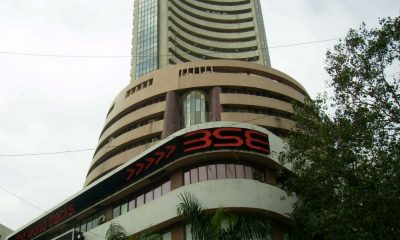Economy
The Evolution of Fast Trading Techniques

Within the last few decades, the world of stock trading has radically evolved—from a pace of execution measured in minutes to milliseconds. As traders strive to capitalize on market opportunities that may only exist for a few seconds, they will continue to evolve rapid trading techniques to meet the demands of today’s fast-moving financial markets. As technology continues to reshape the contours of financial markets, traders entertain ever-innovative ways that truly equip them to engage in rapid trading at unmatched speeds.
Staying abreast of developments is thus paramount to success. Resources such as Exness Insights help them get all the information they need on the latest trends and technologies in rapid trading—to afford them a deeper understanding of the mechanics behind trading today.
This article looks at the evolution of high-speed trading practices—from the manual handling that first inspired speed traders to today’s high-frequency trading, plus other common techniques.
The Early Days of Rapid Trading
Until the technological revolution, stock trading was entirely manual in nature, wherein traders needed to be physically present on the floor of the exchange and call out orders. It would take minutes or more at times to execute the trades, often depending on the trader’s capability of moving fast and viewing emerging opportunities in real time.
It was only natural that once computers came into use in the 1970s and 1980s, the first automatic trading systems should have begun to make their appearance.
Developers created the early generations of automatic trading systems to assist traders by processing orders electronically, which increased speed and efficiency.
The Emergence of High-Frequency Trading
High-frequency trading as a major innovation came into being through the late 1990s. Algorithms and super-fast technology form the basis of systems that can execute thousands of trades in just a second. High-frequency trading systems generally hunt for minute price disparities in the market. A well-designed, super-fast computer-based high-frequency trading system can process gargantuan amounts of data with order executions in milliseconds.
Using very small changes in price, high-frequency traders take advantage by executing trades faster than human traders could react to. That, in turn, uses a sophisticated infrastructure of low-latency data connections and colocated servers near the stock exchanges for the least possible delay. It is because of this that HFTs are so speedy; traders can exploit opportunities across multiple markets simultaneously, creating more liquidity and therefore a more efficient market altogether.
With great power comes great controversy, though, as the rise of HFT has brought with it a number of concerns regarding market volatility. The sheer number of trades in such a short span can create wild variances in stock prices.
Algorithmic Trading and Scalping Strategies
The most widespread algorithmic trading style is scalping, whereby the trader executes numerous trades throughout the day, each intended to take advantage of tiny movements in prices. Scalpers rely on fast execution and high levels of liquidity to enter positions that could last several minutes or even mere seconds while collecting minuscule profits on each trade.
Algorithmics and scalping trading have both become indispensable parts of rapid trading strategies. Those traders who will be able to master this technique stand to gain from the fast pace of today’s financial markets, where speed and precision are of essence.
The Future of Rapid Trading Technique
As technology progresses, the forward motions of rapid trading will only continue to accelerate and evolve further. Today, artificial intelligence and machine learning are already embedded in trading algorithms, enabling traders to predict market movements with far greater accuracy than ever before. Consequently, through vast amounts of historical data, pattern identification provides AI-powered trading systems with real-time decisions unreachable by humans.
Another sphere that might highly influence the increasing speed—and therefore effectiveness—of rapid trading is quantum computing. Quantum computers can process information at speeds that are exponentially higher compared to conventional computers, which means that the execution speed of the trade will go up, and traders will be in a position to analyze market conditions in great depth until now not achieved.
Outpacing the Competition in Rapid Trading
In rapid trading, an individual’s success largely depends on how informed and flexible they can be. With the continuous evolution in technology, it means that traders have to keep innovating strategies to compete with the increasingly rapid motion of the markets. Properly understanding the history of rapid trading, from the purely manual processes through to today’s sophisticated algorithms, gives a number of insights helpful for traders to keep their efficiency high in a competitive, swift environment.
This would require the proper tools and timely updates on development so that traders could stay ahead of the game and take advantage of the possibilities of rapid trading.
Economy
Nigerian Stocks Close 1.13% Higher to Remain in Bulls’ Territory
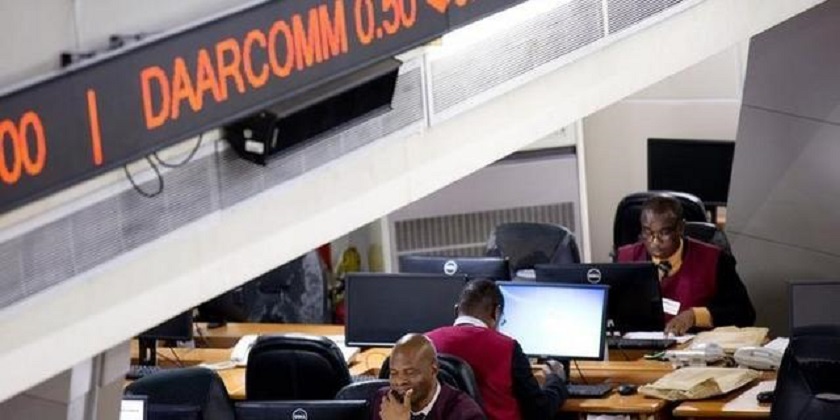
By Dipo Olowookere
The local stock market firmed up by 1.13 per cent on Friday as appetite for Nigerian stocks remained strong.
Investors reacted well to the 2026 budget presentation of President Bola Tinubu to the National Assembly yesterday, especially because of the more realistic crude oil benchmark of $64 per barrel compared with the ambitious $75 per barrel for 2025. This year, prices have been between $60 and $65 per barrel.
Business Post observed profit-taking in the commodity and energy sectors as they respectively shed 0.14 per cent and 0.03 per cent.
But, bargain-hunting in the others sustained the positive run, with the consumer goods index up by 3.82 per cent.
Further, the industrial goods space appreciated by 1.46 per cent, the banking counter improved by 0.08 per cent, and the insurance industry gained 0.04 per cent.
As a result, the All-Share Index (ASI) increased by 1,694.33 points to 152,057.38 points from 150,363.05 points and the market capitalisation chalked up N1.080 trillion to finish at N96.937 trillion compared with Thursday’s closing value of N95.857 trillion.
A total of 34 shares ended on the advancers’ chart, while 24 were on the laggards’ log, representing a positive market breadth index and bullish investor sentiment.
Austin Laz gained 10.00 per cent to close at N2.42, Union Dicon also jumped 10.00 per cent to N6.60, Tantalizers increased by 9.80 per cent to N2.69, Aluminium Extrusion improved by 9.78 per cent to N12.35, and Champion Breweries grew by 9.71 per cent to N16.95.
Conversely, Sovereign Trust Insurance dipped by 7.42 per cent to N3.87, Royal Exchange lost 6.84 per cent to trade at N1.77, Omatek slipped by 6.84 per cent to N1.09, Eunisell depreciated by 5.88 per cent to N80.00, and Eterna dropped 5.63 per cent to close at N28.50.
Yesterday, traders transacted 1.5 billion units worth N21.8 billion in 25,667 deals compared with the 839.8 million units sold for N32.8 billion in 23,211 deals in the preceding session, showing a surge in the trading volume by 76.61 per cent, an uptick in the number of deals by 10.58 per cent, and a shrink in the trading value by 33.54 per cent.
Economy
FrieslandCampina, Two Others Erase N26bn from NASD OTC Bourse

By Adedapo Adesanya
Three stocks stretched the bearish run of the NASD Over-the-Counter (OTC) Securities Exchange by 1.21 per cent on Friday, December 19, with the market capitalisation giving up N26.01 billion to close at N2.121 billion compared with the N2.147 trillion it ended a day earlier, and the NASD Unlisted Security Index (NSI) dropping 43.47 points to 3,546.41 points from 3,589.88 points.
The trio of FrieslandCampina Wamco Nigeria Plc, Central Securities Clearing System (CSCS) Plc, and NASD Plc overpowered the gains printed by four other securities.
FrieslandCampina Wamco Nigeria Plc lost N6.00 to sell at N54.00 per unit versus N60.00 per unit, NASD Plc shrank by N3.50 to N58.50 per share from N55.00 per share, and CSCS Plc depleted by N2.91 to N33.87 per unit from N36.78 per unit.
On the flip side, Air Liquide Plc gained N1.01 to close at N13.00 per share versus N11.99 per share, Golden Capital Plc appreciated by 70 Kobo to N7.68 per unit from N6.98 per unit, Geo-Fluids Plc added 39 Kobo to sell at N5.50 per share versus N5.11 per share, and IPWA Plc rose by 8 Kobo to 85 Kobo per unit from 77 Kobo per unit.
During the trading day, market participants traded 1.9 million securities versus the previous day’s 30.5 million securities showing a decline of 49.3 per cent. The value of trades went down by 64.3 per cent to N80.3 million from N225.1 million, but the number of deals jumped by 32.1 per cent to 37 deals from 28 deals.
Infrastructure Credit Guarantee Company (InfraCredit) Plc finished the session as the most active stock by value on a year-to-date basis with 5.8 billion units valued at N16.4 billion, followed by Okitipupa Plc with 178.9 million units transacted for N9.5 billion, and MRS Oil Plc with 36.1 million units traded for N4.9 billion.
The most active stock by volume on a year-to-date basis was still InfraCredit Plc with 5.8 billion units worth N16.4 billion, trailed by Industrial and General Insurance (IGI) Plc with 1.2 billion units sold for N420.7 million, and Impresit Bakolori Plc with 536.9 million units traded for N524.9 million.
Economy
Naira Crashes to N1,464/$1 at Official Market, N1,485/$1 at Black Market
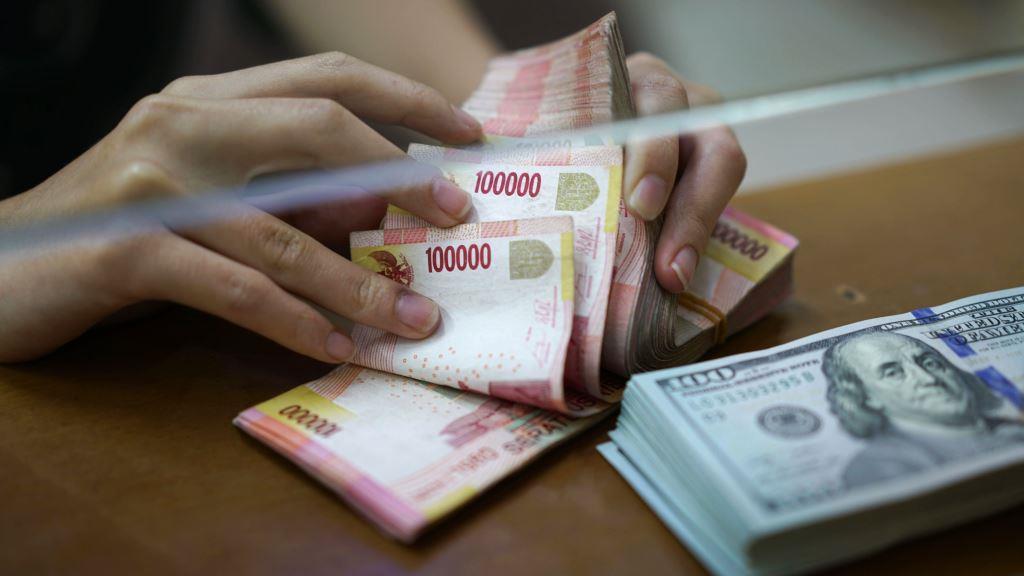
By Adedapo Adesanya
It was not a good day for the Nigerian Naira at the two major foreign exchange (FX) market on Friday as it suffered a heavy loss against the United States Dollar at the close of transactions.
In the black market segment, the Naira weakened against its American counterpart yesterday by N10 to quote at N1,485/$1, in contrast to the N1,475/$1 it was traded a day earlier, and at the GTBank forex counter, it depreciated by N2 to settle at N1,467/$1 versus Thursday’s closing price of N1,465/$1.
In the Nigerian Autonomous Foreign Exchange Market (NAFEX) window, which is also the official market, the nation’s legal tender crashed against the greenback by N6.65 or 0.46 per cent to close at N1,464.49/$1 compared with the preceding session’s rate of N1,457.84/$1.
In the same vein, the local currency tumbled against the Euro in the spot market by N2.25 to sell for N1,714.63/€1 compared with the previous day’s N1,712.38/€1, but appreciated against the Pound Sterling by 73 Kobo to finish at N1,957.30/£1 compared with the N1,958.03/£1 it was traded in the preceding session.
The market continues to face seasonal pressure even as the Central Bank of Nigeria (CBN) is still conducting FX intervention sales, which have significantly reduced but not remove pressure from the Naira. Also, there seems to be reduced supply from exporters, foreign portfolio investors and non-bank corporate inflows.
President Bola Tinubu on Friday presented the government’s N58.47 trillion budget plan aimed at consolidating economic reforms and boosting growth.
The budget is based on a projected crude oil price of $64.85 a barrel and includes a target oil output of 1.84 million barrels a day. It also projects an exchange rate of N1,400 to the Dollar.
President Tinubu said inflation had plunged to an annual rate of 14.45 per cent in November from 24.23 per cent in March, while foreign reserves had surged to a seven-year high of $47 billion.
Meanwhile, the cryptocurrency market was dominated by the bulls but it continues to face increased pressure after million in liquidations in previous session over accelerating declines, with Dogecoin (DOGE) recovering 4.2 per cent to trade at $0.1309.
Further, Ripple (XRP) appreciated by 3.9 per cent to $1.90, Cardano (ADA) rose by 3.5 per cent to $0.3728, Solana (SOL) jumped by 3.4 per cent to $126.23, Ethereum (ETH) climbed by 2.9 per cent to $2,982.42, Binance Coin (BNB) gained 2.0 per cent to sell for $853.06, Bitcoin (BTC) improved by 1.7 per cent to $88,281.21, and Litecoin (LTC) soared by 1.2 per cent to $76.50, while the US Dollar Tether (USDT) and the US Dollar Coin (USDC) traded flat at $1.00 each.
-
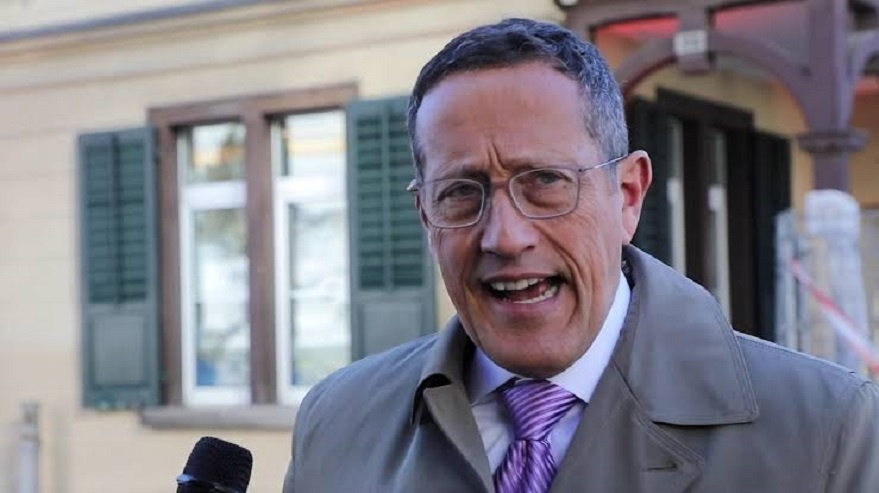
 Feature/OPED6 years ago
Feature/OPED6 years agoDavos was Different this year
-
Travel/Tourism9 years ago
Lagos Seals Western Lodge Hotel In Ikorodu
-
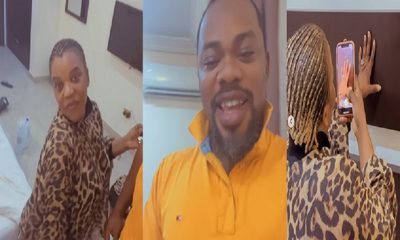
 Showbiz3 years ago
Showbiz3 years agoEstranged Lover Releases Videos of Empress Njamah Bathing
-

 Banking7 years ago
Banking7 years agoSort Codes of GTBank Branches in Nigeria
-

 Economy3 years ago
Economy3 years agoSubsidy Removal: CNG at N130 Per Litre Cheaper Than Petrol—IPMAN
-
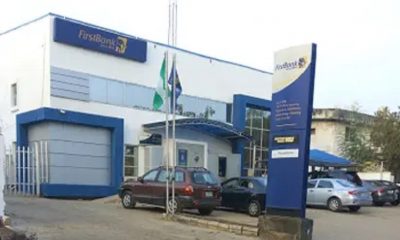
 Banking3 years ago
Banking3 years agoFirst Bank Announces Planned Downtime
-

 Banking3 years ago
Banking3 years agoSort Codes of UBA Branches in Nigeria
-

 Sports3 years ago
Sports3 years agoHighest Paid Nigerian Footballer – How Much Do Nigerian Footballers Earn








